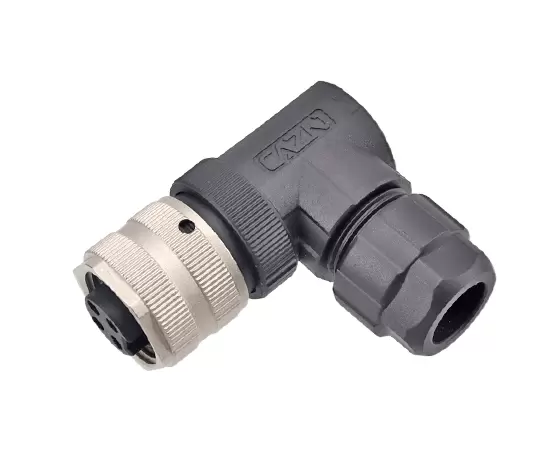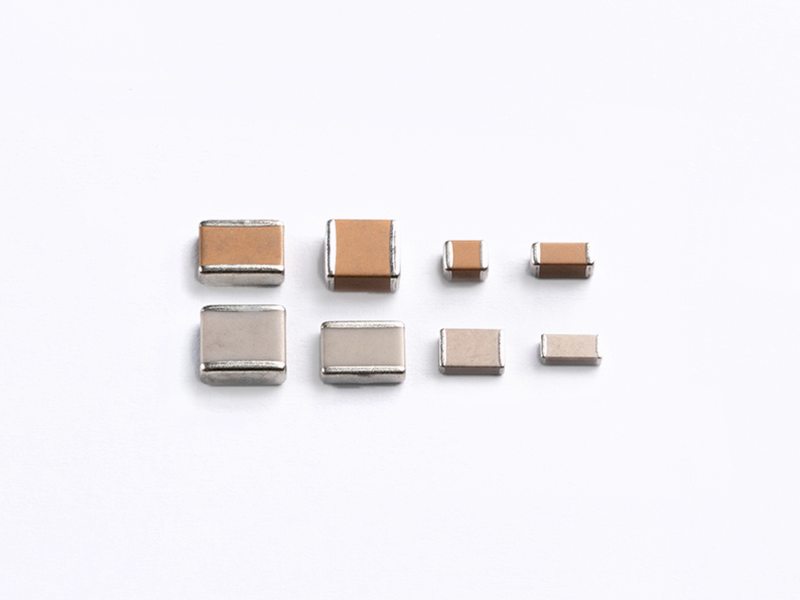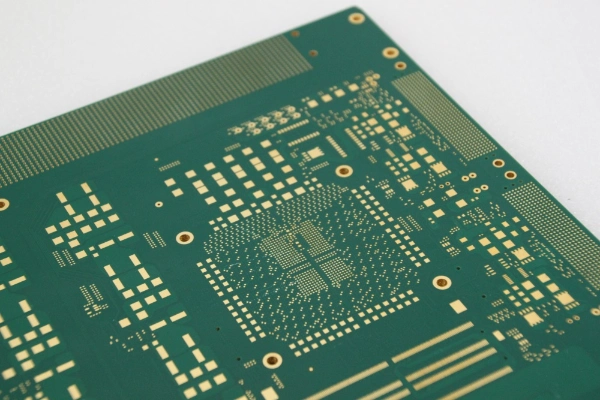In the realm of electrical engineering, the relationship between capacitance and voltage is a fundamental concept that underpins the functioning of numerous electronic devices. Capacitance, a measure of an object's ability to store electrical charge, and voltage, the potential difference between two points in an electrical circuit, are intricately intertwined. Understanding their relationship is crucial for designing efficient circuits and optimizing the performance of electronic systems. In this article, we will delve into the depths of this relationship, exploring its nuances and practical implications.
- Capacitance: A Brief Overview:
Before we dive into the relationship between capacitance and voltage, let's first establish a solid understanding of capacitance itself. Capacitance is a property of a capacitor, which is a passive electronic component consisting of two conductive plates separated by an insulating material, known as a dielectric. It is measured in farads (F) and represents the amount of charge that can be stored per unit voltage. - Voltage: The Driving Force:
Voltage, on the other hand, is the driving force that propels electric charge through a circuit. It is commonly measured in volts (V) and represents the potential energy difference between two points in a circuit. Voltage can be thought of as the "push" that causes electrons to flow from a region of higher potential to a region of lower potential. - The Relationship:
Now, let's explore the intricate dance between capacitance and voltage. When a voltage is applied across the plates of a capacitor, it creates an electric field within the dielectric material. This electric field causes the accumulation of electric charge on the plates, resulting in a potential difference between them. The magnitude of this potential difference is directly proportional to the applied voltage and inversely proportional to the capacitance.
Mathematically, this relationship can be expressed as:
C = Q/V
Where C represents capacitance, Q represents the charge stored on the plates, and V represents the voltage applied across the capacitor. This equation highlights that capacitance and voltage are inversely related – as the voltage increases, the charge stored on the plates increases, leading to a decrease in capacitance.
- Practical Implications:
Understanding the relationship between capacitance and voltage has practical implications in various fields. For instance, in power electronics, capacitors are used to smooth out voltage fluctuations and store energy. By carefully selecting capacitors with appropriate capacitance values, engineers can ensure stable voltage levels and prevent damage to sensitive electronic components.
Furthermore, in digital circuits, the relationship between capacitance and voltage plays a crucial role in determining the speed and power consumption of the system. Higher capacitance values can lead to increased charging and discharging times, resulting in slower operation. By optimizing capacitance values, engineers can strike a balance between performance and power efficiency.
Conclusion:
In conclusion, the relationship between capacitance and voltage is a fundamental concept in electrical engineering. Capacitance, a measure of an object's ability to store charge, and voltage, the driving force behind electric current, are intricately linked. Understanding this relationship empowers engineers to design efficient circuits, optimize performance, and ensure the reliable operation of electronic systems. So, the next time you encounter a capacitor, remember the intricate dance it performs with voltage, shaping the world of electronics.











+ There are no comments
Add yours